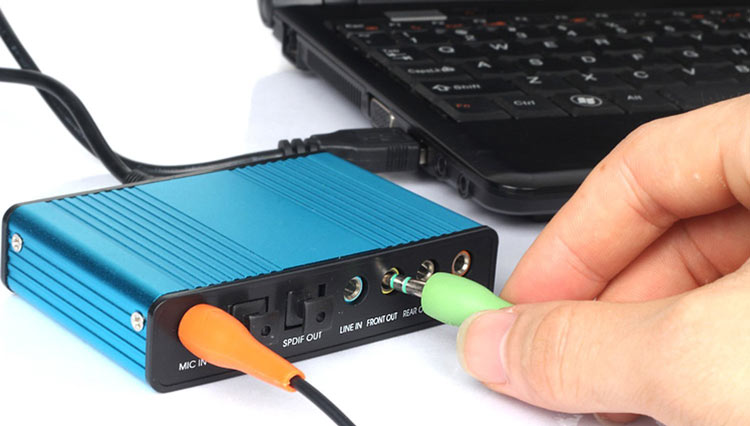
- #Best external sound card for mac pro driver
- #Best external sound card for mac pro pro
- #Best external sound card for mac pro Pc
Let’s translate that into more practical audio terms. The USB 2 specification states that it has the ability to transmit data at up to 480Mbps, but due to bus constraints, the way the data is handled, and designers leaving headroom to ensure the best possible results in day-to-day use, even a well-designed USB 2 interface is likely to have a throughput closer to 280Mbps.


While USB 3 does offer some advantages, there are several good reasons for the apparently slow progress.įirst, there’s the issue of bandwidth, of which USB 2 offers plenty for most home-studio applications. Many users have expressed surprise at the relatively slow uptake of USB 3 by audio-interface manufacturers, and it’s only in recent months that we’ve started to see more than the first couple of USB 3 models brought to market. In the event that you do experience compatibility issues, though, it’s probably not the end of the world: current motherboards continue to include a small number of USB 2 headers, so you’ll have a stable fall-back option until any remaining teething issues are dealt with by the interface manufacturer. If you’re buying second-hand, though, it would be worth a quick Web search to check for known issues on the specific model in question. The USB 3 standard is certainly mature enough at this point that any new interface you purchase in future should already have any such problems ironed out.
#Best external sound card for mac pro driver
Similar teething issues were experienced with some USB 1 devices when USB 2 was first emerging and, just as we did back then, we’ve seen continued firmware and driver updates from the audio interface manufacturers - all of which means that such quirks are becoming fewer as time marches on. In practice, that has worked well with most general-purpose peripherals, but some users of older USB audio interfaces have experienced unexpected problems when trying to connect via USB 3 ports. Thankfully, USB 3 is designed to be backwards-compatible.
#Best external sound card for mac pro Pc
That said, there are, unfortunately, a few exceptions.Īt the time of writing, USB 2 is the most common type of PC data connection in general use, but it’s clear that USB 3 will be similarly widely adopted, and many motherboards are now being released with more USB 3 sockets than USB 2 ones. Similarly, most USB 1 and 2 devices function quite happily when connected to a USB 3 port. With an adaptor, many can connect to a Thunderbolt port too. Most Firewire 400 devices can operate on Firewire 800 connections. The Generation Gameīefore I dive into the details, it’s worth noting some good news: despite various generations of USB, Firewire and Thunderbolt all being employed in current products, backwards compatibility is included as part of the latest standards. In this article, I’ll try to tell you what you need to know when investing in an audio computer and/or audio interface.

#Best external sound card for mac pro pro
Is it better to buy an audio interface that connects to my computer by USB, Firewire, Thunderbolt or PCIe? Which will still be usable in five or 10 years’ time? And why aren’t there more USB 3 interfaces around? As our options for getting data from A to B increase - USB 3, Thunderbolt and Thunderbolt 2 have all recently been added to the mix, while PCIe, USB 1, USB 2 and Firewire 400 and 800 interfaces remain available - such questions are often asked by pro and home-studio users alike. If you’re choosing a new audio interface or a new computer, what are the pros and cons of the many different connection protocols that are on offer?


 0 kommentar(er)
0 kommentar(er)
